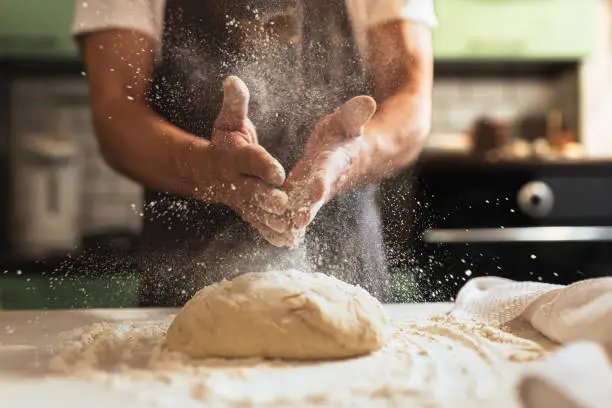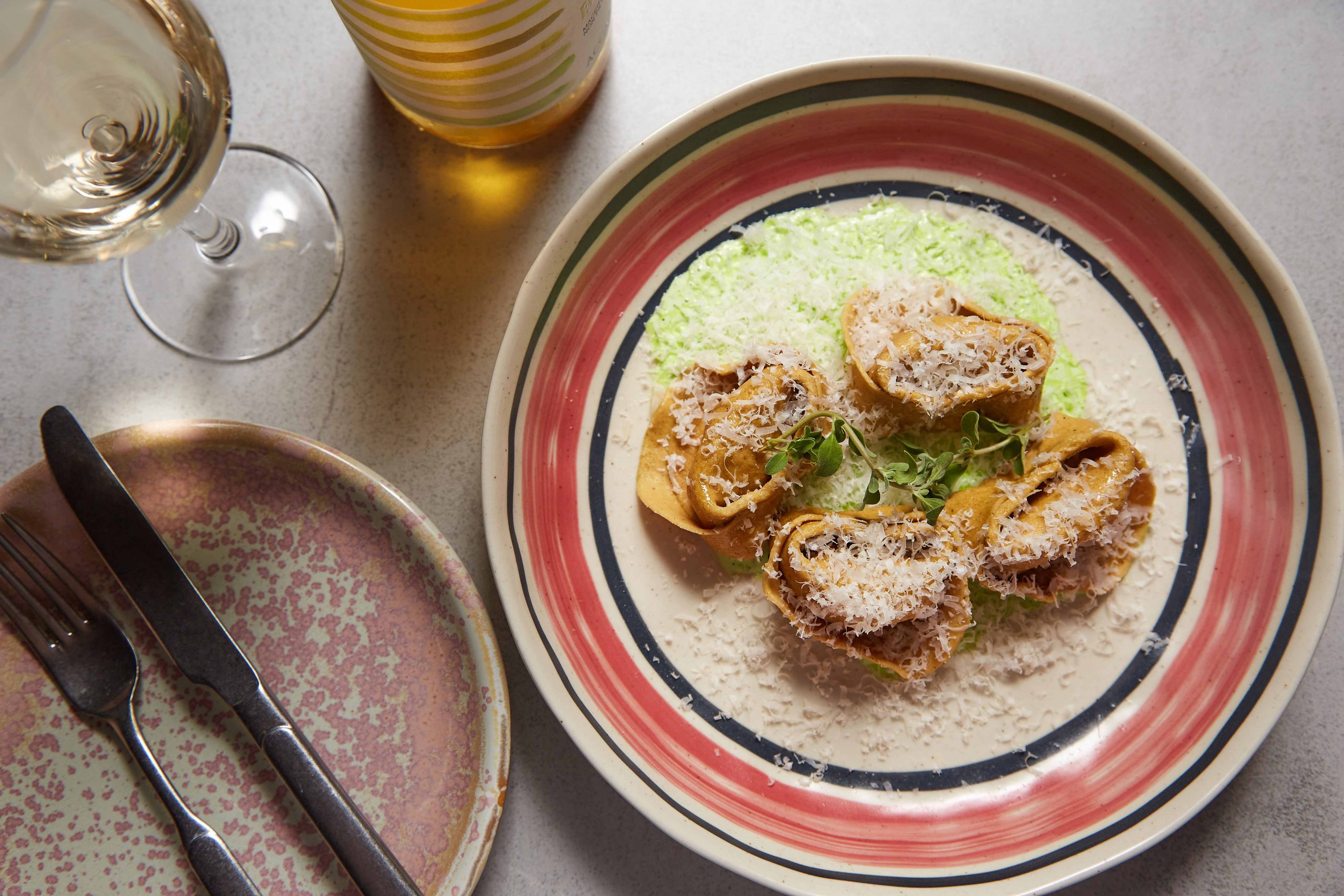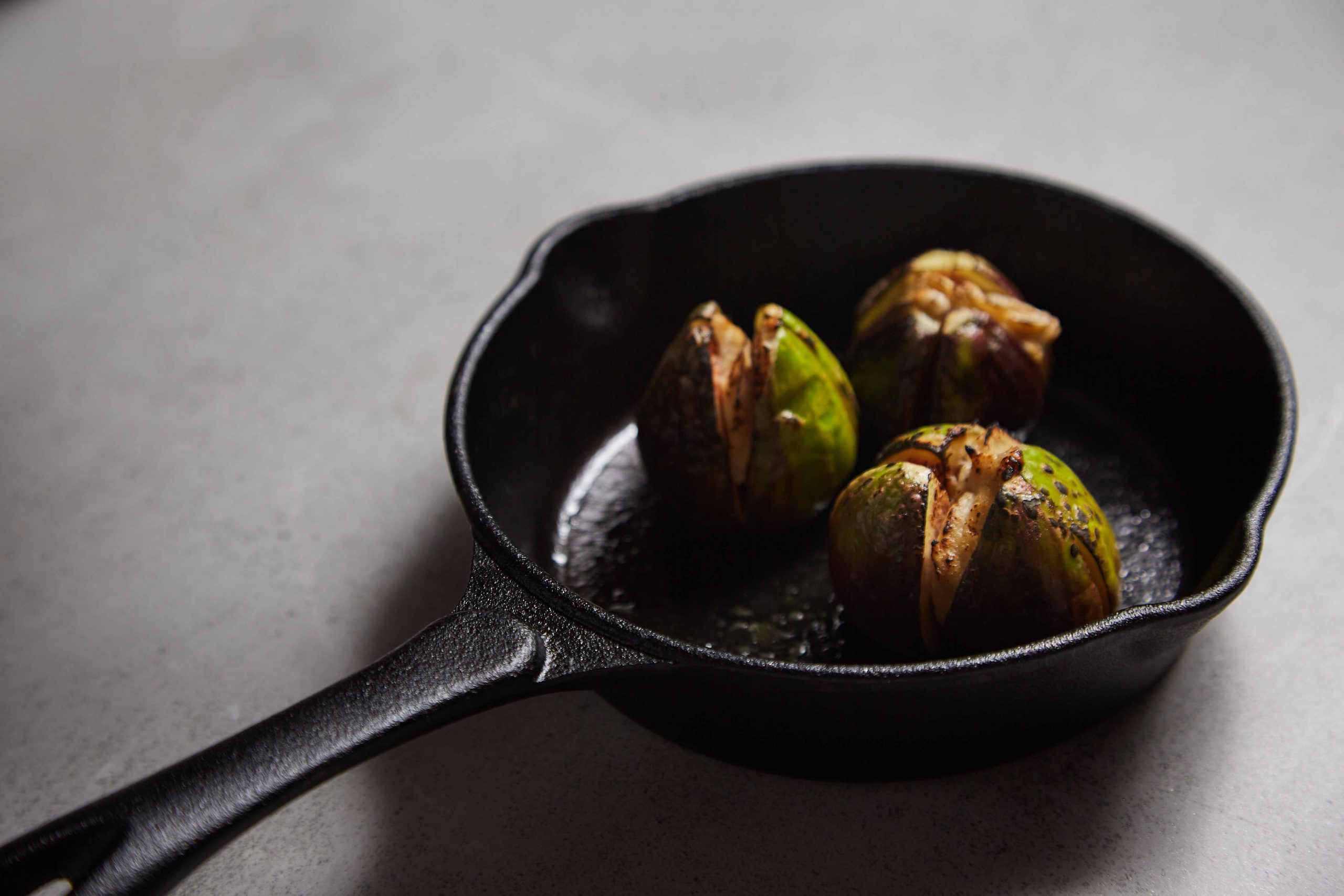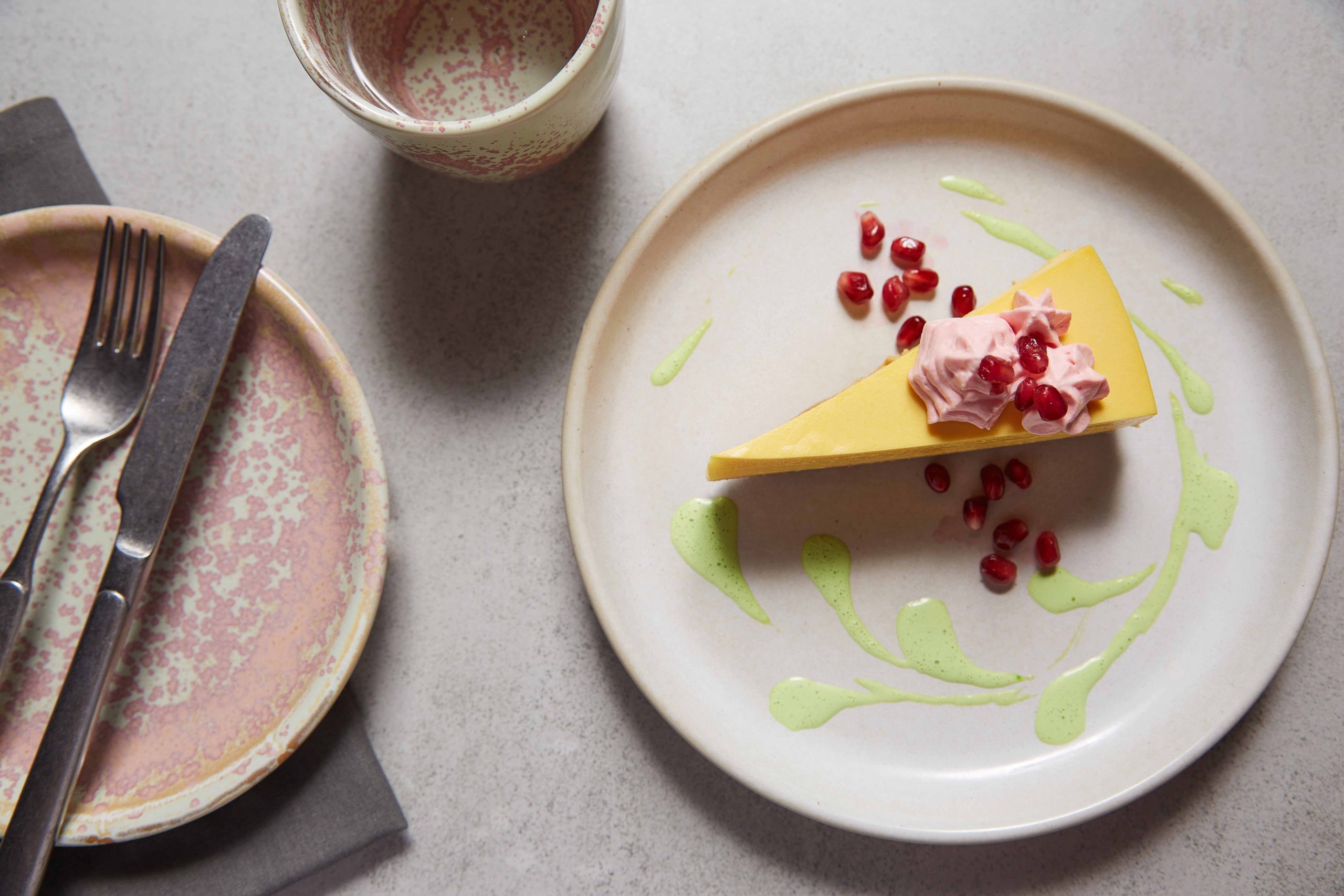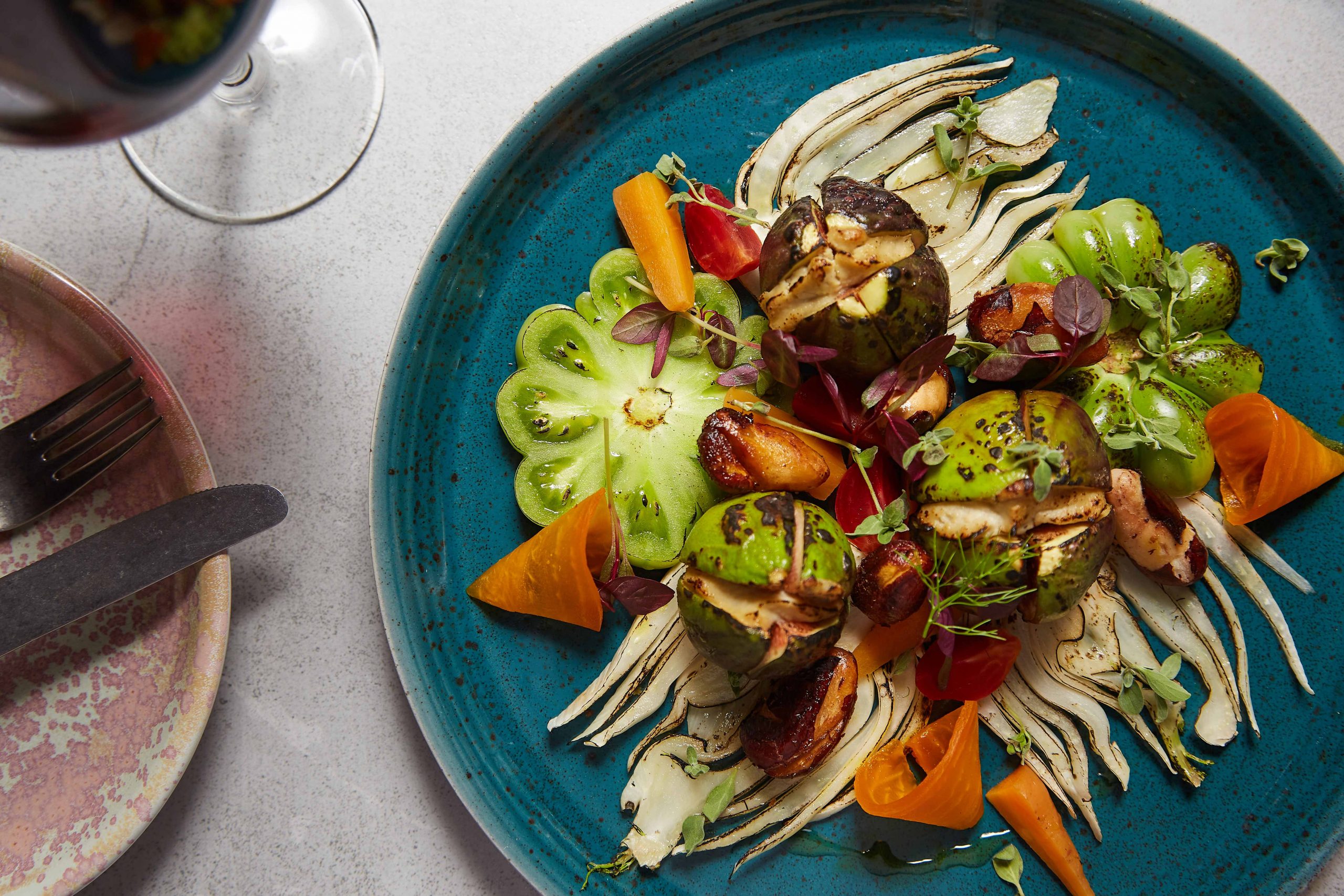Why Our Bread Matters
As a chef and restaurateur, I dreaded the idea of making bread in-house. Once you decide to make your own bread, an array of troubles cascades down on your head. It’s not a lack of equipment, ingredients, or space—it’s worse. Who’s going to make the bread? You might think that’s an easy one, you being the chef and all. But unless you’re planning to be a slave to your own business, who’s going to make it when you’re not around? What happens when you’re on holiday? So you decide to train someone to do it. What happens when that someone leaves? And if they leave when you’re on holiday? Or… well… you get the gist. That can be said of any product made in a kitchen, but bread making is particularly pernicious—it starts as one simple decision but insidiously creates all these problems you didn’t anticipate.
So the restaurateur in you decides it’s best to just buy in the bread. After all, that’s what bakeries are for, right? But if you follow that logic, shouldn’t you buy everything from specialists? Soon, all you’re selling is made elsewhere. You see the problem?
That’s exactly how the big restaurant chains think. That’s why you don’t get genuinely fresh, in-house made food at chain restaurants—no matter how much they swear their food is fresh. Ask them where their bread, ice cream, and sauces come from. They’ll slice their tomatoes in-house and that somehow entitles them to claim they serve ‘fresh food.
The Art—and Cost—of Making Bread In-House
Where was I? Ah! Bread! My business is a one-man band, with me playing all the instruments but my wife is the maestro conducting it all with her baton. Even the most potent car needs a good driver. So when I decided on the bread in the early days of my restaurant, I thought I couldn’t risk doing bread. A fine dining chef I knew got fed up with the Michelin-star end of things, quit his job and opened a bakery. It was a simple affair, organic flour, 48 hours proofing, only flour and water, a bit of salt. Properly done as all things should be. It became the most sought after bread in London, made right here in Hackney, in an old industrial garage. He would only deliver to businesses nearby he agreed with. I felt so lucky to be one of the few restaurants he would supply to. But all good things come to an end. He sold the business.
I tried to carry on with the new owners. But things changed. It wasn’t the same product, it wasn’t the same service. Nothing was the same. Now what do I do? I tried to find a new bread maker but realised magical things only happen once. So I was left with no other alternative: I had to make my own bread.
Bread making is fairly simple. But it requires two very important ingredients that are not so easy to find in this modern world of ours. These ingredients are what every chef struggles to secure, the ones that make or break your bread program. The secret ingredients? Time and consistency. And that’s where the dread comes from: will I have enough time? Who’s going to look after it when I’m not around? Will I be able to maintain the necessary consistency? These are all real questions you have to address before you can even contemplate making your own bread.
Breaking Bread, Not Principles
Before I continue – this is about traditional bread made with traditional ingredients. If you have celiac disease or genuine gluten sensitivity, this isn’t about you. You have legitimate medical reasons, and I completely understand. This is about something else entirely.
We’ve been doing our own bread for two years now, along with everything else we do. Actually, everything we serve we make ourselves—every single sauce, every ice cream, no matter how complex. So being able to conquer the only thing we hadn’t tackled yet and make it work? I can say we’re very proud of that.
How did we do it? We fell into a rhythm. Finding good organic flour wasn’t as simple as I thought it would be. I make olive oil bread—it’s just a thing I like—with organic wholemeal, and it smells incredible. We make new batches every two days and bake twice daily. We partially bake before service, then finish it in the oven when customers order it. We ask customers to allow 10 minutes when ordering bread, and they get it fresh out of the oven, still warm and it smells so good. We churn our own butter with truffle oil and agave, finished with Scottish smoked sea salt crystals. If you like bread—if you truly like bread—you can rarely get anything this good.
Now, imagine my consternation when someone walks in—not with celiac disease, mind you, but someone who’s decided gluten is evil because they read it on Instagram—and asks me to replace all this craft with ultra-processed, health-damaging, environment-destroying junk. I still can’t wrap my mind around that one. Someone avoiding gluten because they’ve been convinced it’s unhealthy, then ordering instead ultra-processed garbage that everyone knows is actually bad for you.
Why I Refuse to Serve Gluten-Free Bread
As a business, I should serve the ultra-processed junk as an alternative for those who prefer it. But then again, why am I doing what I’m doing? If I’m making exceptions to my principles, then why not serve meat, fish, and everything else? If the point is just to make customers happy and profit from it, then where does it end?
I’ve made that decision, and it’s not an easy one. I will not serve ultra-processed junk. And that’s exactly what factory-made gluten-free bread is.
If you can’t eat wheat because of serious health conditions, I’ll say this: gluten-free bread is not bread. Definitely don’t buy the supermarket ones. Find something else to eat. It’s unfortunate that you will never know the taste of great handmade organic bread. But gluten-free bread is not a version of that.
To the rest of you who chose to eat gluten-free bread, please don’t ask me for it. After all the work and love that goes into our bread making, being asked to serve factory junk instead… well, it really hurts my delicate artisan feelings. There, I said it.
—
By the way, after much gentle bullying, our chef finally caved and made his own Instagram account. He’s absolutely terrible at it (imagine a capuchin monkey from Brazil trying to text back), but if you’d like to join in the chaos, go ahead and follow him. Once he figures out what all the buttons do, he promises to post more. Here’s his page:
